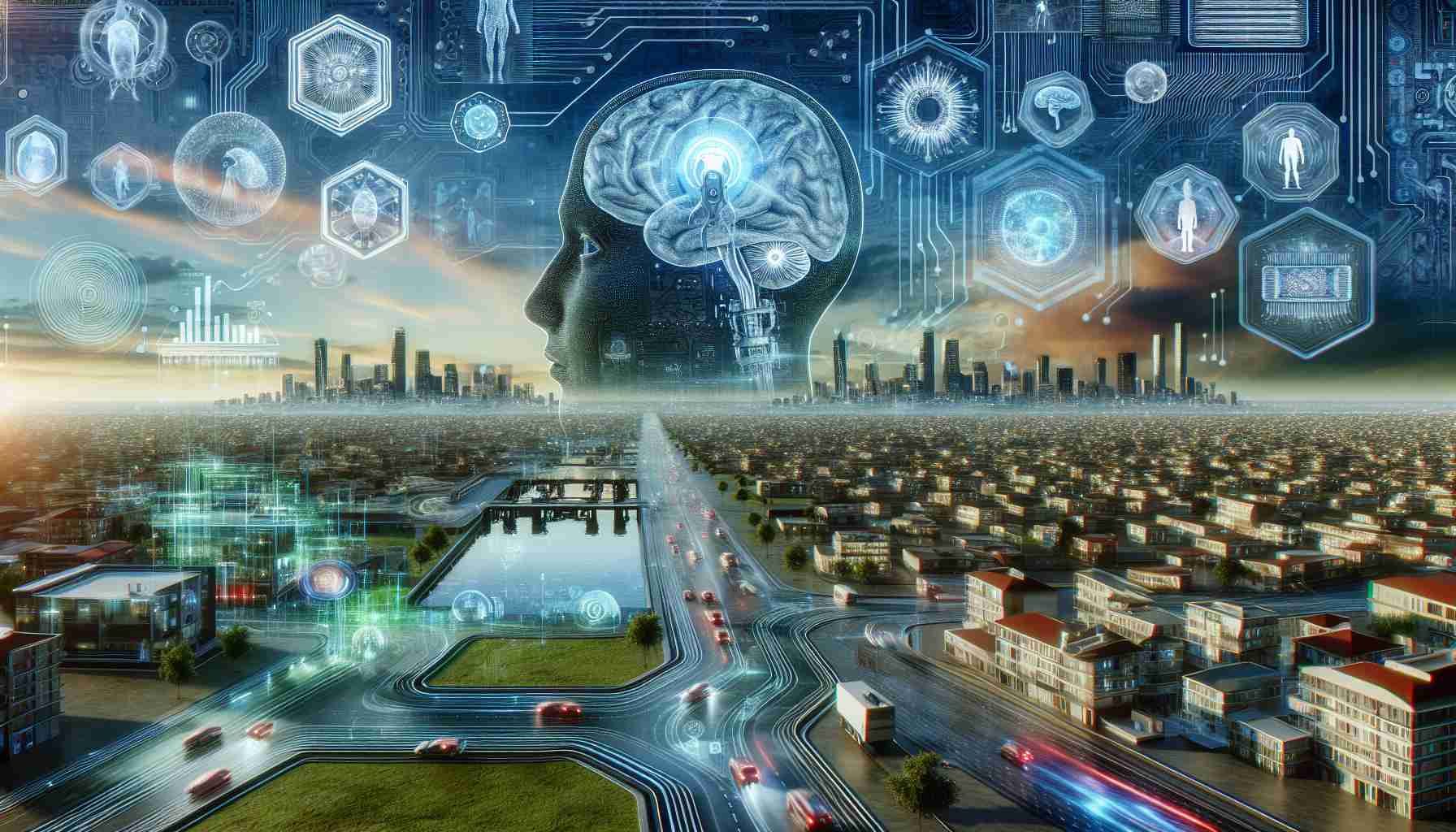Neuralink, a Revolutionary Technology Redefining Human Communication
Elon Musk’s latest assertion hints at a future where smart phones will be replaced by brain chips. The intricate Neuralink technology aims to establish a direct connection between the brain and computers. By decoding signals from the brain, individuals can command computers effortlessly. The recent implantation of the first brain chip by Neuralink on 29-year-old Noland Arbaugh, who had been paralyzed, showcases the remarkable potential of this technology. Through the chip, Arbaugh was able to return to playing chess, a pastime he had abandoned after an accident eight years ago.
Exploring the Complexity of Neuralink Brain Chip
The Neuralink brain chip comprises 64 flexible filaments carrying a total of 1,024 electrodes. These ultra-thin filaments are implanted in the brain to detect electrical signals, which can then be decoded to execute desired actions. While the process is intricate, it is carried out by Neuralink’s specialized surgical robot.
Reactions to the Idea of Neuralink Chips Replacing Smartphones
The concept of using Neuralink chips instead of smartphones has sparked diverse reactions, with concerns revolving around security and privacy. The idea of implanting a chip in the brain naturally raises alarm and skepticism among many individuals. However, Musk believes that brain chips will become a commonplace practice in the future, revolutionizing various fields from medical assistance to human communication.
The potential envisioned by Elon Musk might become reality in due time. Undoubtedly, the future of human-machine interaction is evolving to be increasingly astonishing and full of possibilities. Perhaps one day, everyone will seamlessly incorporate Neuralink chips into their daily lives. What do you think? Share your thoughts in the comments below.
The Future of Neuralink: Advancements, Challenges, and Controversies
As the world anticipates the future of Neuralink and its transformative impact on human-machine interaction, several key questions arise. How will Neuralink technology evolve to benefit individuals with varying needs? What ethical considerations must be addressed as brain chips become more integrated into society? Let’s delve into the intricacies surrounding the future of Neuralink:
Advantages of Neuralink Technology
One of the primary advantages of Neuralink lies in its potential to revolutionize healthcare. By enabling direct communication between the brain and external devices, Neuralink could offer remarkable solutions for individuals with disabilities, allowing them to regain lost functions and improve their quality of life. Additionally, the enhanced capabilities of brain-computer interfaces could lead to advancements in fields such as education, communication, and entertainment.
Key Challenges and Controversies
Despite the promising prospects of Neuralink, significant challenges and controversies loom over its widespread adoption. Privacy concerns regarding the collection and utilization of neural data raise ethical dilemmas about consent and data security. Furthermore, the unequal access to such advanced technologies could exacerbate existing societal disparities, creating a digital divide between those who can afford Neuralink and those who cannot.
Addressing Controversies and Ethical Concerns
To ensure the responsible implementation of Neuralink technology, rigorous ethical frameworks and regulations must be established. Transparency about data usage, informed consent procedures, and robust cybersecurity measures are crucial in safeguarding users’ rights and privacy. Engaging in open dialogue with stakeholders and experts can facilitate the development of ethical guidelines that prioritize the well-being of individuals and uphold fundamental moral principles.
In conclusion, the future of Neuralink holds immense potential to redefine human-machine interaction and unlock unprecedented capabilities. While the road ahead may be fraught with challenges and uncertainties, the collective efforts of innovators, regulators, and society as a whole can shape Neuralink’s trajectory in a responsible and ethical manner. Embracing this technological revolution with mindfulness and foresight will be imperative in harnessing its benefits for the betterment of humanity.
For more insights on the advancements in neural technology and human-machine interfaces, visit Neuralink’s official website. Join the conversation on the future of Neuralink and share your perspectives on the evolution of human-computer symbiosis.
